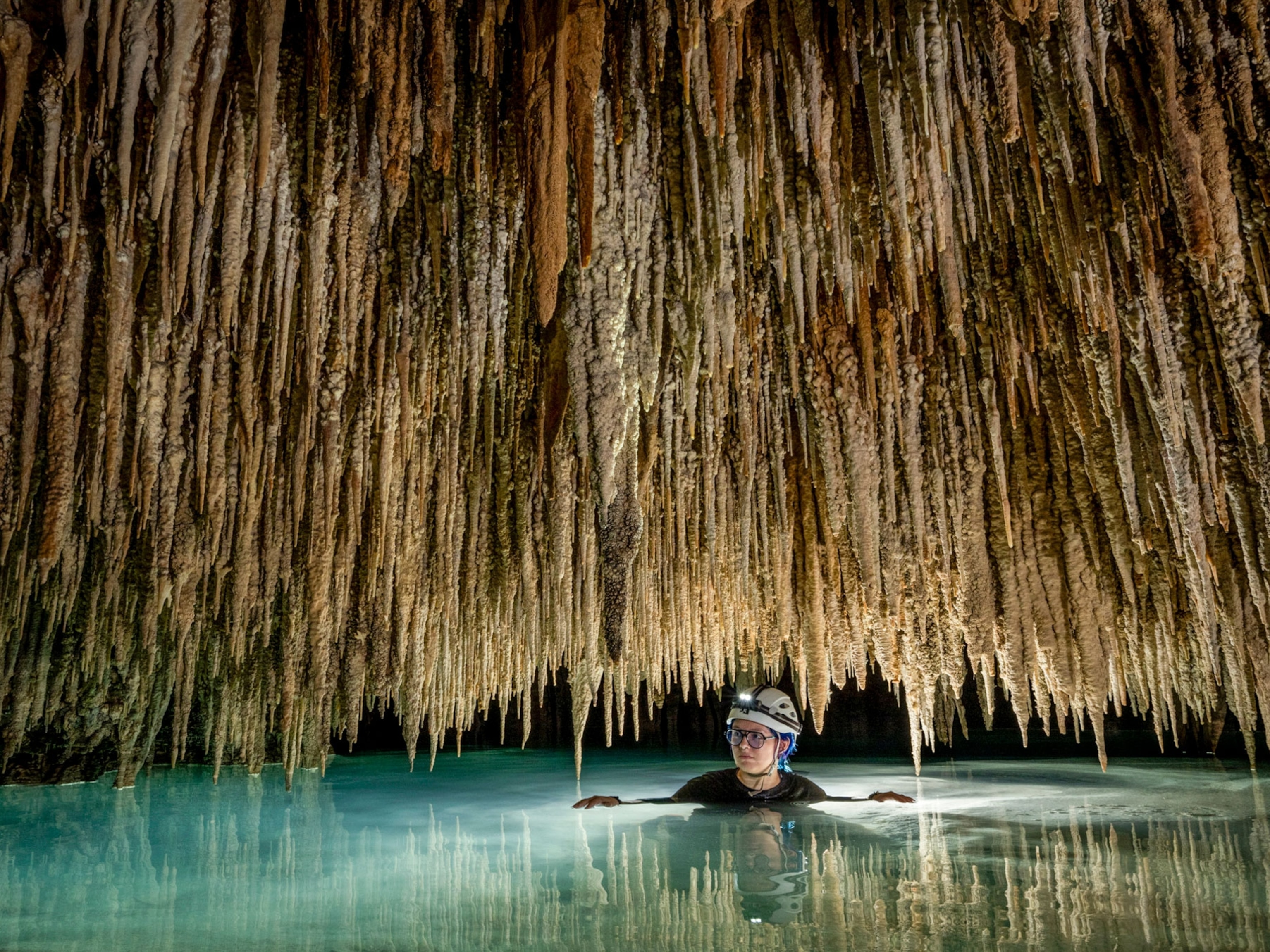Grasslands, explained
Everything to know about grasslands, the vulnerable habitat common on every continent but Antarctica.

Grasslands go by many names. In the Midwest region of the United States they’re often called prairies. In South America, they’re known as pampas. Central Eurasian grasslands are referred to as steppes, while African grasslands are savannas.
What they all have in common are grasses, their naturally dominant vegetation. Grasslands are located where there is not enough regular rainfall to support the growth of a forest, but not so little that a desert forms. In fact, they often lie between forests and deserts.
Depending on how they’re defined, these fields account for between 20 and 40 percent of the world's land area. They are generally open and fairly flat, and they exist on every continent except Antarctica. Here are the grassland facts to know.
Types of grasslands
There are two main kinds of grasslands: tropical and temperate. Examples of temperate grasslands include Eurasian steppes, North American prairies, and Argentinian pampas. Tropical grasslands include the hot savannas of sub-Saharan Africa and northern Australia.
(See photos of the habitat with many names—grassland, savanna, and prairie)
Rainfall in grasslands vary from season to season and year to year, ranging from 10 to 40 inches annually. Temperatures can go below freezing in temperate grass fields to above 90 degrees Fahrenheit.
The height of vegetation varies with the amount of rainfall. Some grasses might be under a foot tall, while others can grow as high as seven feet. Their roots can extend three to six feet deep into the soil.
The combination of underground biomass with moderate rainfall—heavy rain can wash away nutrients—tends to make soils very fertile and appealing for agricultural use.
Plants and animals
These grassy fields support a variety of species. Vegetation on the African savannas, for example, feeds animals including zebras, wildebeest, gazelles, and giraffes.
On temperate grasslands, you may find animals including prairie dogs, badgers, coyotes, swift foxes, and a variety of birds. There can be up to 25 species of large plant-eaters in a given grassland habitat, comprising a sort of buffet where different grasses appeal to different species.
Some grass species include red oat grass and Rhodes grass in tropical savannas, and purple needlegrass and galleta in temperate areas. When rainy season arrives, many of these fields burst with wildflowers such as yarrow, hyssop, and milkweed. The plants have adapted to the drought, fires, and grazing common to that habitat.
(Grasslands are more diverse than rain forests—in small areas)
Grassland threats and conservation efforts
Natural grasslands can help mitigate climate change. One study found California’s rangelands can store more carbon than forests because they are less susceptible to wildfires and drought. Still, only a small percentage—less than 10 percent—is protected.
Because these fields exist on every continent except Antarctica, they and the wildlife that live on them, are mostly vulnerable to pressure from human populations. These threats include farming, overgrazing, invasive species, illegal hunting, and climate change.
(This is one of the last remnants of American prairie)
Much of the North American prairie lands have been converted into land for crops, posing threats to species that depend on those habitats, as well as drinking water sources for people who live nearby.
Fires, both natural and human-caused, are important factors shaping grasslands. In the U.S. Midwest, for example, Native Americans set fires to help maintain grasslands for game species such as bison.
Fire can also help prevent fire-intolerant trees and shrubs from taking over, while increasing the diversity of wildflowers that support pollinators.
(The Great Plains prairie needs fire to survive. These ranchers are bringing it back.)
Other efforts, such as the North American Grasslands Conservation Act, introduced to Congress in 2024, would provide incentives for ranchers, sports enthusiasts and others to conserve these grasses. The U.S. Fish & Wildlife Service supports local and regional organizations in funding habitat conservation throughout the Great Plains grasslands.





